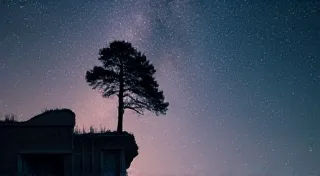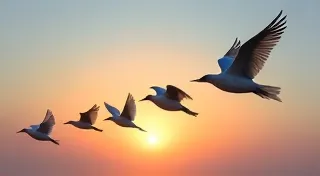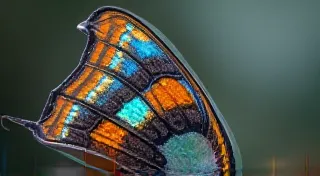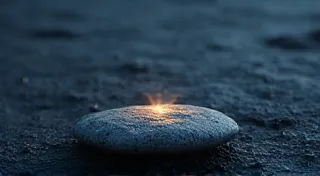Lunar Rhapsody: Unveiling the Moon's Hidden Textures
There’s a particular feeling you get when you look up at the moon. It's more than just awe, it’s a sense of connection to something ancient and vast. For centuries, artists and dreamers have found inspiration in its silvery glow, and increasingly, amateur astrophotographers are joining their ranks, seeking to capture the lunar surface in all its intricate beauty. We often see the moon in photos – a perfect, postcard-worthy orb – but tonight, let's aim for something more. Let’s strive to reveal the moon's hidden textures, the subtle shadows, and the breathtaking detail that lies beyond the familiar.
My journey into astrophotography began, unexpectedly, with an old accordion. My grandfather, a quiet man of many unspoken stories, left me his treasured instrument after he passed. As I meticulously cleaned and oiled the bellows, marveling at the intricate workings of its reeds and keys, I realized the level of craftsmanship involved. It wasn't just an instrument; it was a testament to human ingenuity and dedication. That same appreciation for detail and artistry transferred, almost instinctively, to my newfound fascination with the night sky. The moon, I realized, held a similar story – layers of history etched onto its surface, waiting to be revealed.
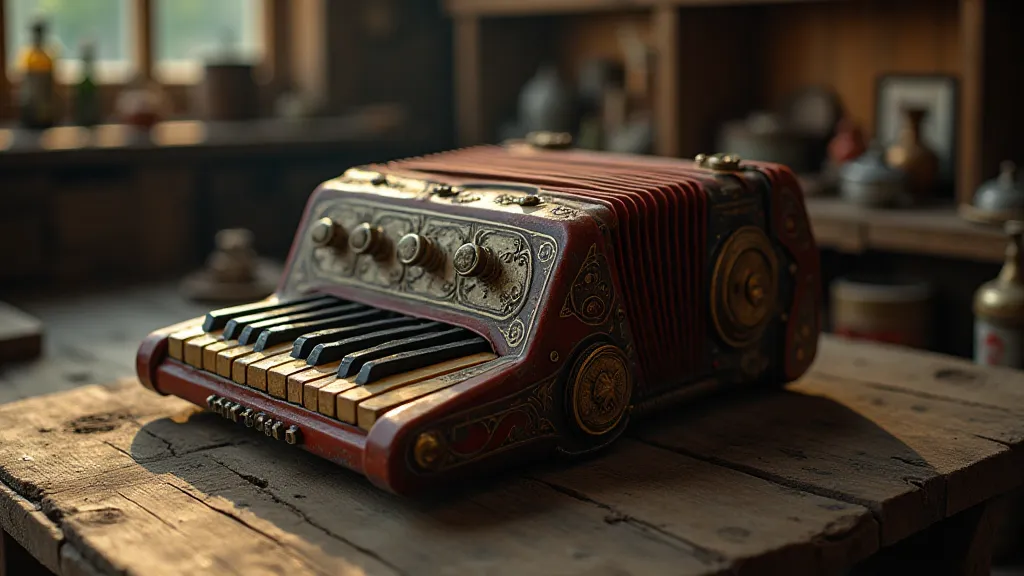
Understanding the Lunar Landscape
The moon’s surface isn’t smooth. It's a rugged landscape sculpted by billions of years of meteor impacts, volcanic activity, and the relentless bombardment of space dust. These processes have created a fascinating topography of maria (dark, basaltic plains), highlands (lighter, heavily cratered regions), and countless craters, each with its own unique story to tell. To capture this complexity, you’re going to need more than just pointing and shooting.
Essential Equipment - Keeping it Basic
You don't need a massive, expensive telescope to start. The beauty of amateur astrophotography is that you can begin with relatively simple equipment. A DSLR or mirrorless camera is the foundation. These cameras excel at capturing low-light images, a critical requirement for night photography. A sturdy tripod is absolutely essential; any slight movement will blur your image. Next, consider a telephoto lens – ideally something in the 200mm to 500mm range. This will allow you to bring the moon closer and reveal more detail. A basic equatorial mount, although not strictly necessary for lunar photography, can drastically improve tracking and image clarity, especially for longer exposures.
The Art of Lunar Exposure
Exposure is key. Unlike daytime photography, where you’re often trying to avoid overexposure, in astrophotography, you want to maximize the amount of light hitting your camera’s sensor. Start with a high ISO (800-3200) and a wide aperture (the lowest f-number your lens allows). Use a shutter speed of around 1/250th of a second to start. Be prepared to experiment! The exact settings will depend on your lens, camera, and the lunar phase. Full moon photographs are beautiful in their own right, showcasing the brightness and detail of the surface, but the terminator – the line between the illuminated and dark portions of the moon – offers the most dramatic shadows and the greatest opportunity to reveal texture. The terminator’s features are cast in sharp relief, making them ideal subjects for detailed capture.
Stacking for Clarity – A Simple Workflow
Even with a stable tripod, atmospheric turbulence can cause your images to appear blurry. This effect, known as seeing, is unavoidable, but you can mitigate it through a technique called image stacking. Take multiple photographs of the same lunar area, and then use specialized software (like DeepSkyStacker, which is free) to align and average them. This process effectively cancels out much of the atmospheric noise and reveals a much sharper, more detailed image.
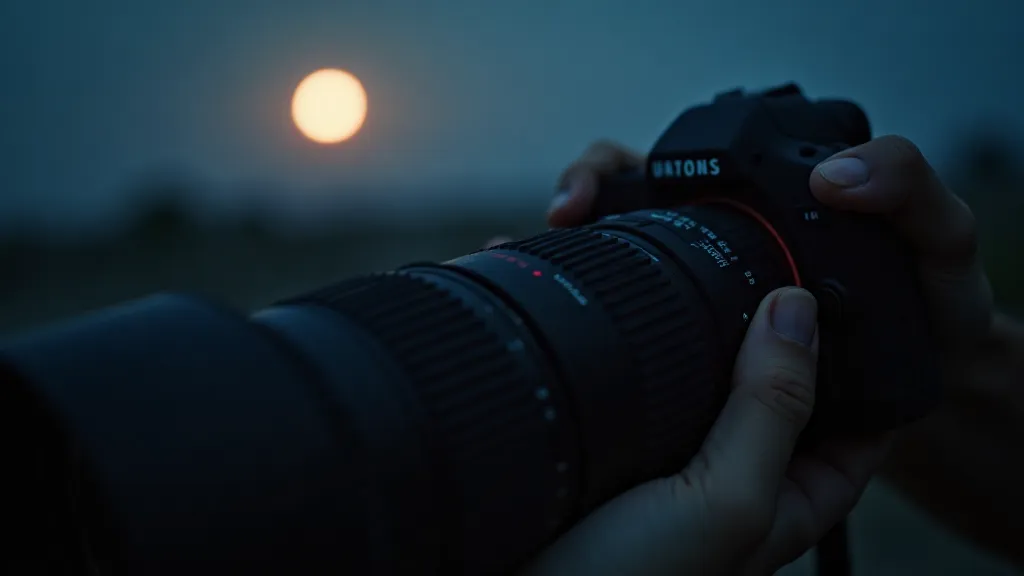
Beyond the Single Shot: Exploring Processing
Once you've captured and stacked your images, the real artistry begins with processing. Software like Photoshop or GIMP (a free alternative) allows you to fine-tune your images – adjusting contrast, brightness, and color balance to bring out the subtle details and create a truly captivating final product. Don’t be afraid to experiment! Gentle enhancements can reveal textures that were previously hidden. However, be cautious – over-processing can lead to a fake or unnatural appearance. The goal is to reveal the beauty that was already there, not to invent it.
Connecting to History and Craftsmanship
My grandfather’s accordion reminded me of the enduring power of human craftsmanship. It wasn’t just the instrument itself; it was the hours of dedication, the mastery of intricate skills, and the passion poured into its creation. The moon's surface reflects a similar story – a record of cosmic events spanning billions of years. When I’m photographing the moon, I’m not just capturing light; I’m connecting to that history, to that enduring testament to the power of time and the beauty of natural processes. Just as my grandfather meticulously cared for his accordion, preserving a legacy, I hope to capture the moon’s intricate details, sharing its beauty with others.
Troubleshooting Common Issues
Dealing with noise is a common challenge. Keep your ISO as low as possible while still achieving adequate exposure. If you’re struggling with blur, double-check your tripod’s stability and consider using a remote shutter release to minimize camera shake. Light pollution can also be a significant problem. Try to find a dark location away from city lights, or use filters to block out unwanted light.

The Joy of Discovery
Astrophotography is a journey of discovery. It’s a chance to connect with the universe, to appreciate the beauty of the night sky, and to push your photographic skills to new heights. It's a pursuit that rewards patience, persistence, and a deep appreciation for the intricate details of the cosmos. So, grab your camera, find a dark spot, and start exploring the wonders of the lunar landscape. You might just be surprised at what you find.

